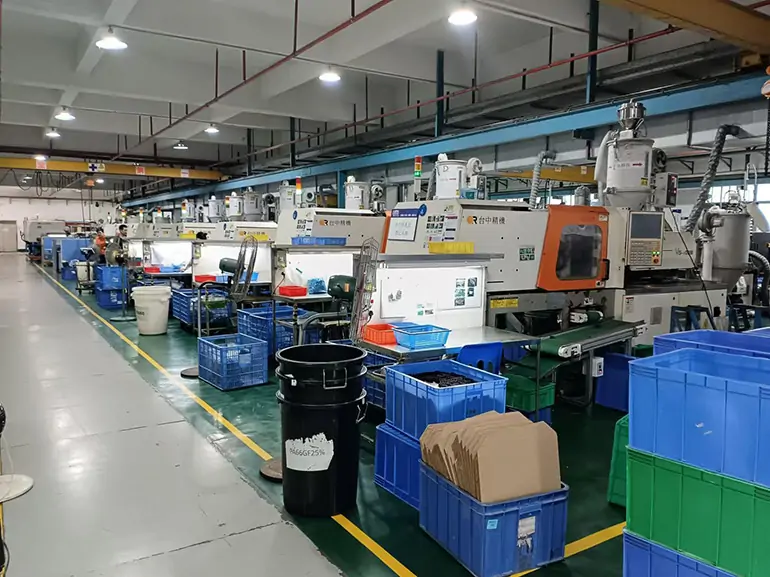03
JITE Electronics - Injection molding process
1. Rubber injection molding: Rubber injection molding is a production method in which the rubber material is injected directly from the cylinder into the model for vulcanization. The advantages of rubber injection molding are: although it is an intermittent operation, the molding cycle is short, the production efficiency is high, the embryonic material preparation process is canceled, the labor intensity is small, and the product quality is excellent. 2. Plastic injection molding: Plastic injection molding is a method of plastic products, the molten plastic is injected into the plastic product mold by pressure, and the cooling molding is obtained. There are special mechanical injection molding machines for injection molding. The most commonly used plastics are polyethylene, polypropylene, ABS, PA, polystyrene and so on. 3. Molding injection molding: The resulting shape is often the final product, and no other processing is required before installation or use as the final product. Many details, such as bumps, ribs, and threads, can be molded in a single injection molding operation.




